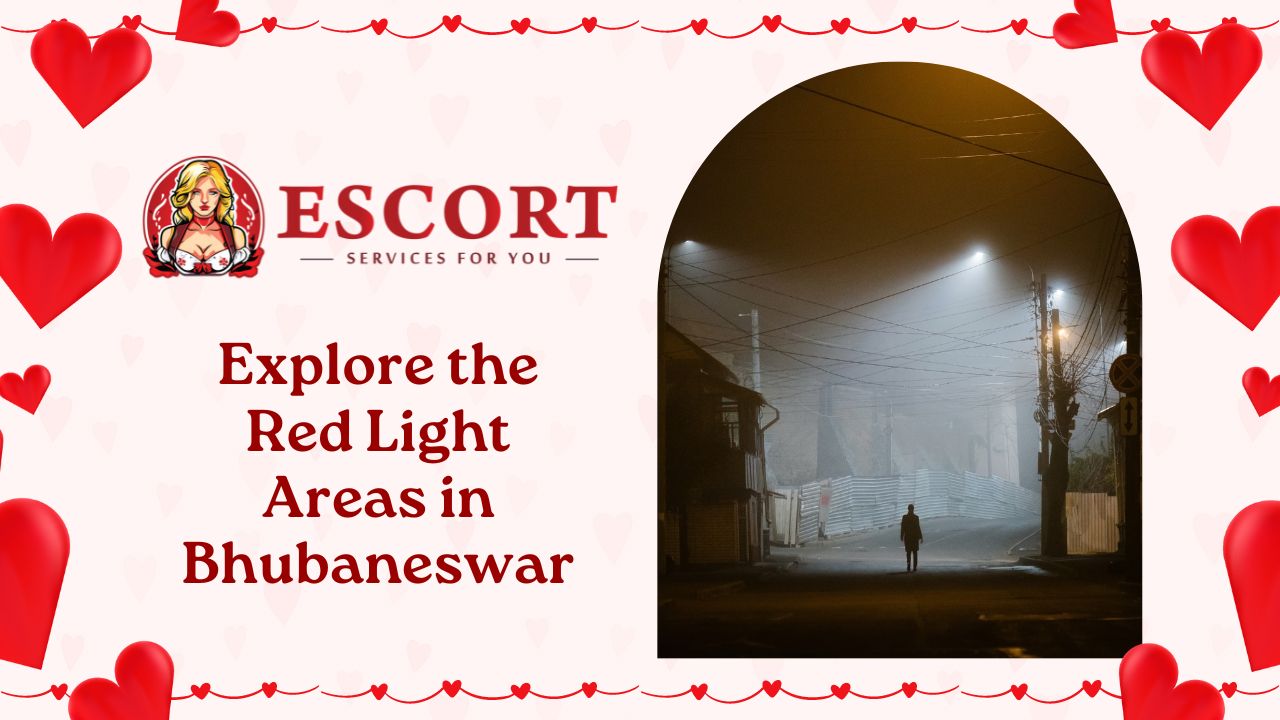Introduction to Red Light Areas
Welcome to a glimpse into the intriguing world of Bhubaneswar’s Red Light Areas. These areas, often shrouded in mystery and stigma, hold stories of resilience, challenges, and hope within their vibrant streets. Join us as we delve into the history, locations, and lives inside these complex neighborhoods. Let’s shed light on the experiences of women who call these areas home and explore efforts to create positive change in their lives. Step into a different reality with us as we uncover the realities of Bhubaneswar’s Red Light Areas.
History of Red Light Areas in Bhubaneswar
Nestled in the heart of Bhubaneswar, the history of its red light areas dates back to a time when societal norms and economic disparities pushed women into this profession. The origins can be traced to a complex interplay of historical, social, and cultural factors that have shaped the landscape of these areas over the years.
As urbanization swept through Bhubaneswar, these districts evolved from being mere spaces for commercial activities to becoming hubs for those seeking companionship or intimacy. Despite facing stigma and discrimination, the red light areas have persisted through changing times, reflecting both resilience and struggle.
While some may view them as sites of moral degradation, it is crucial to acknowledge the stories of resilience and survival that permeate through these alleys. Understanding the history allows us to delve deeper into the complexities surrounding these areas and provides insights into how we can work towards creating a more inclusive society for all individuals involved.
Location and Types of Red Light Areas in Bhubaneswar
Nestled in the heart of Bhubaneswar, the red light areas are discreetly tucked away from the bustling city streets. These areas, like Rajmahal and Laxmisagar, have a distinct atmosphere that sets them apart from other parts of the city. The narrow lanes lined with dimly lit buildings create an aura of mystery and secrecy.
Each red light area in Bhubaneswar has its unique characteristics and offerings. While some cater to local clientele, others attract visitors from far and wide. Despite their differences, these areas share a common thread – they are spaces where women work in challenging conditions.
The types of establishments vary within these red light areas, ranging from brothels to freelance workers operating independently. This diversity reflects the complex nature of the lives led by women working in this industry. Understanding these nuances is crucial to grasp the realities faced by individuals involved in sex work in Bhubaneswar’s red light districts.
Life Inside the Red Light Areas
Walking through the narrow lanes of Bhubaneswar’s Red Light Areas, one can sense a mix of desperation and resilience in the air. The hustle and bustle of everyday life here paint a vivid picture of survival against all odds. Inside the dimly lit rooms, women from different walks of life come together with stories untold.
Amidst the harsh reality they face daily, there is also a sense of camaraderie among these women. They share laughter, tears, and moments that offer solace in an otherwise tumultuous existence. Behind closed doors, each woman carries her own burdens and dreams for a better tomorrow.
Despite the stigma attached to their profession, these women display remarkable strength in enduring societal judgment and prejudice. Their lives are a complex tapestry woven with threads of pain and hope intertwined.
In this world where shadows reign supreme, glimpses of humanity shine through in simple acts of kindness exchanged between those who call this place home – if only temporarily.
The Challenges Faced by Women in the Red Light Areas
Living and working in the red light areas of Bhubaneswar presents numerous challenges for women. These women often face stigma, discrimination, and lack of access to basic services like healthcare and education. They are vulnerable to exploitation, abuse, and violence from clients and pimps.
Many women in these areas struggle with mental health issues due to the harsh realities they encounter daily. The constant pressure to earn money for their families or themselves can take a toll on their emotional well-being.
Moreover, societal attitudes towards sex workers contribute to their marginalization and isolation. Lack of legal protection leaves them at risk of harassment by law enforcement authorities as well.
Despite these obstacles, many women show remarkable resilience and strength in navigating through life in the red light areas of Bhubaneswar.
Efforts to Improve Conditions and Provide Alternative Opportunities
Efforts to improve conditions and provide alternative opportunities in Bhubaneswar’s Red Light Area are crucial for supporting the women living and working there. Various organizations and NGOs have been actively involved in initiatives aimed at empowering these women, including skill development programs, education opportunities, and vocational training.
By offering alternatives to sex work, these efforts help women break free from the cycle of exploitation and create a path towards a more sustainable livelihood. Providing access to healthcare services, counseling support, and legal aid also play a vital role in improving their overall well-being.
Moreover, raising awareness about the challenges faced by women in red light areas is essential to garner support from the community. Through advocacy campaigns and outreach programs, it becomes possible to address stigmas associated with sex work while promoting empathy and understanding.
Collaboration between government agencies, non-profit organizations, and local communities is key to creating a comprehensive support system that uplifts these women out of difficult circumstances into brighter futures.
Safety Tips for Visiting the Red Light Areas
When visiting the red light areas in Bhubaneswar, it’s crucial to prioritize your safety above all else. Always make sure to inform someone you trust about your whereabouts and expected return time before entering these areas.
It’s advisable to avoid going alone and instead visit with a group of trusted friends or acquaintances for added security. Be respectful towards the women working in these establishments and remember that they deserve dignity and consideration just like anyone else.
Stay vigilant and aware of your surroundings at all times. Keep your belongings secure and avoid carrying large amounts of cash or valuables with you. Trust your instincts – if something feels off or unsafe, don’t hesitate to leave immediately.
Above all, approach any interactions with empathy and understanding, recognizing the complexities of life within the red light areas. Your safety matters, but so does treating everyone involved with respect and compassion during your visit.
Conclusion: Understanding and Supporting the Lives of Women in Bhubaneswar’s Red Light
Exploring the red light areas in Bhubaneswar sheds light on a complex and often misunderstood aspect of society. It is essential to approach these areas with empathy, compassion, and respect for the women who live and work there. By understanding their challenges and struggles, we can take steps towards supporting them in finding alternative opportunities for a better life.
It is crucial to remember that behind the labels of “red-light area” are real women with stories, dreams, and hopes just like anyone else. They deserve dignity, safety, and opportunities to rebuild their lives outside of this environment.
As a society, it is our responsibility to advocate for policies that protect vulnerable populations such as these women. By empowering them through education, skills training programs, healthcare services, and job opportunities outside the sex industry, we can help create a more inclusive and supportive community for all.
Let us strive towards creating a society where every woman has access to choices beyond exploitation or coercion. Let us stand together in solidarity with the women in Bhubaneswar’s red light areas as they navigate their journey towards empowerment and freedom from exploitation. Together, we can make a difference by understanding their reality and offering our support in meaningful ways.




